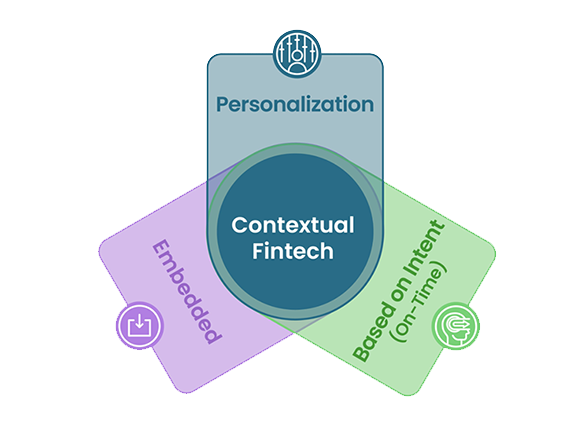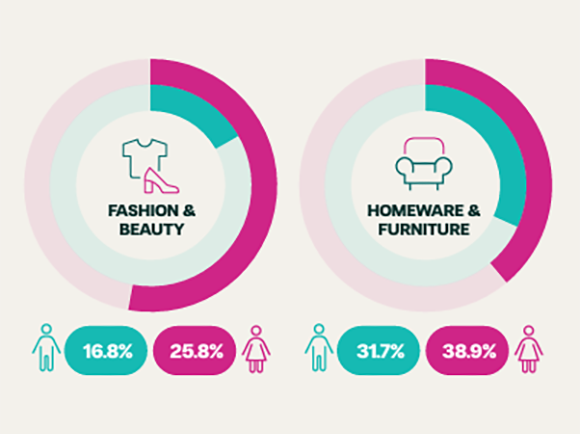Retail finance can complement your existing BNPL solutions. Here’s how

Onboarded a Klarna or Paypal solution and think your checkout experience is complete? Think again.
There’s a whole world of retail finance options out there. If you really want to supercharge your conversion and reduce those pesky abandoned baskets, you likely need a range of payment options.
Finding the right mix will depend on your products, prices, and and the experience you want to provide. And it starts with understanding the difference between the different payment options on offer.
Buy Now, Pay Later (BNPL) and Retail Finance
Consider a Pay in 3 solution. Pay in 3 allows consumers to spread the cost of a purchase over three instalments after an initial deposit, often without interest or fees. Repayments are usually made every two to four weeks until the balance is cleared. Credit limits can reach £1,000s but transactions are usually for purchases much smaller (Klarna’s average order value is £75). It’s great for low ticket transactions.
But the higher the transaction, the less useful Pay in 3 becomes. Splitting a £2,000 digital piano into three instalments is nearly £667 each repayment. It’s still a cost-effective way to manage money, but the average person does not earn enough in-between repayments to clear the balance. If your customers can afford to pay £667 every two weeks, it’s likely they had most of this money saved anyway.
For this reason, Pay in 3 may not be the solution you need to support your business. If you sell high value items, or have average order values of £1,200 and above, you need to offer finance that reduces the repayments to an affordable amount to bring more customers to your business. The lower you can make the repayments, the more customers can afford your products. The better you support your customers, the better your commercial outcomes.
Longer terms, higher deposits
To get the benefits of finance for higher ticket purchases, retailers must offer a more diverse set of credit options. That means longer terms with higher credit limits and a range of deposit options. And this is where retail finance comes in.
Customers enjoy the same benefits of BNPL: access to interest and fee-free credit at the point of sale. The key difference is that retail finance offers consumers much longer repayment terms including interest-free credit up to three years, and low interest up to ten years.
A longer term reduces the instalment amount. That same £2,000 digital piano spread over 36 months interest free becomes £55.55 per instalment. Customers who could not afford to pay using your Pay in 3 solution can now afford to add an amp, stand and stool to their baskets. What would have been a £2,000 transaction is now a £4,500. Your sales increase as a result.
This is important for retailers who deal with varying price points. In music equipment, a pair of headphones can cost £100 whereas a Gibson – Les Paul can cost £3,000+. A Pay in 3 solution can help consumers buy headphones but it doesn’t help them buy the guitar. Adding a retail finance solution alongside a Buy Now, Pay Later solution would.
The key takeaway is that Buy Now Pay Later is useful for small purchases, and retails finance for big ones.
The many benefits of retail finance
But it doesn’t end there. Retail finance has a number of additional benefits over BNPL, which can add value to your checkout experience.
White label
Buy Now, Pay Later providers often take over your customer journey. That means taking ownership of the data, and then attempting to build a relationship with your customer.
What’s more, some larger BNPL providers offer marketplaces where consumers can browse your store and pay using their app. The customer is one step removed from your business, eliminating any opportunity to build loyalty.
A white label retail finance solution, on the other hand, gives you full control over your checkout finance solution.
Retailers work in partnership with their checkout finance provider to create a customer journey in-keeping with their brand. Applications take place on your website, so as far as the customer is aware, you are the one offering finance. And because of this, you retain your customer data, relationships, and build loyalty.
Tailored finance plans to match your customer’s affordability
Some shoppers have great credit history but apply for finance plans just out of reach. With most lenders, that means a declined application. Rejection might come as a surprise and little to no explanation as to why or by how much they missed out is given.
Divido’s Finance Matcher – enabled by Novuna – tailors finance plans to the customer’s affordability. Instead of rejecting customers outright, Finance Matcher gives a list of options the customer can afford, with higher deposits and/or longer payment terms, to help reduce monthly repayments.
The result? Higher acceptance rates, happier customers, healthier sales.
Dedicated account management
The BNPL growth-at-all-costs model has focussed on acquiring customers. Some providers now have hundreds of thousands of merchants on their books. Their merchant support teams, meanwhile, have not grown at the same rate, and in some cases have reduced.
Divido and the lenders in our network have dedicated Account Directors to help merchant’s grow their finance volumes. We win when our merchants win. That’s why we’re always on-hand. To help you optimise your checkout experience, grow your finance volumes, and achieve your goals.
Omni-channel
You must take a holistic view of your business to provide a consistent customer experience. That means providing the same checkout finance products in-store, on-line and over the phone.
BNPL is optimised for a digital experience and is less suited to in-store and telesales. Retail finance, on the other hand, provides the same silky smooth experience at every point of sale.
Diversify your risk
Most BNPL providers are venture capital backed fintechs that borrow from central banks to lend to their customers. As interest rates go up, so does the cost of borrowing from the bank. A higher cost of borrowing means a higher cost of doing business, which reduces profits for the providers.
These providers are also under pressure from their investors to hit targets. Merchants may be onboarded, then offboarded when the provider realises the merchant does not fit their risk appetite. In other words, they’re driven by short-term goals.
There is a real risk that your lender could exit the market, leaving you without a finance solution.
You then need to find another, negotiate contracts, and embed the solution. This can take months.
Divido’s multi-lender checkout finance helps to reduce this risk. With a portfolio of Tier One lenders and a single point of integration, Divido eliminates the risk of being left without a lender should one pull out. Our lenders work in partnership with merchants, focussing on long-term strategic goals. And unlike other fintechs, the banks on our books lend from their own balance sheet using customer deposits. That means when interest rates go up, their cash flow increases, so the risk they exit the market reduces.
Want to learn more about retail finance?
Our latest white paper offers never-before-seen insights into the world of checkout finance. Understand how and why customers are flocking to this form of payment, with real statistics backed up by our survey of 4,000 European consumers.
Download your free copy here:

You might also
be interested in
Keen to know more?








